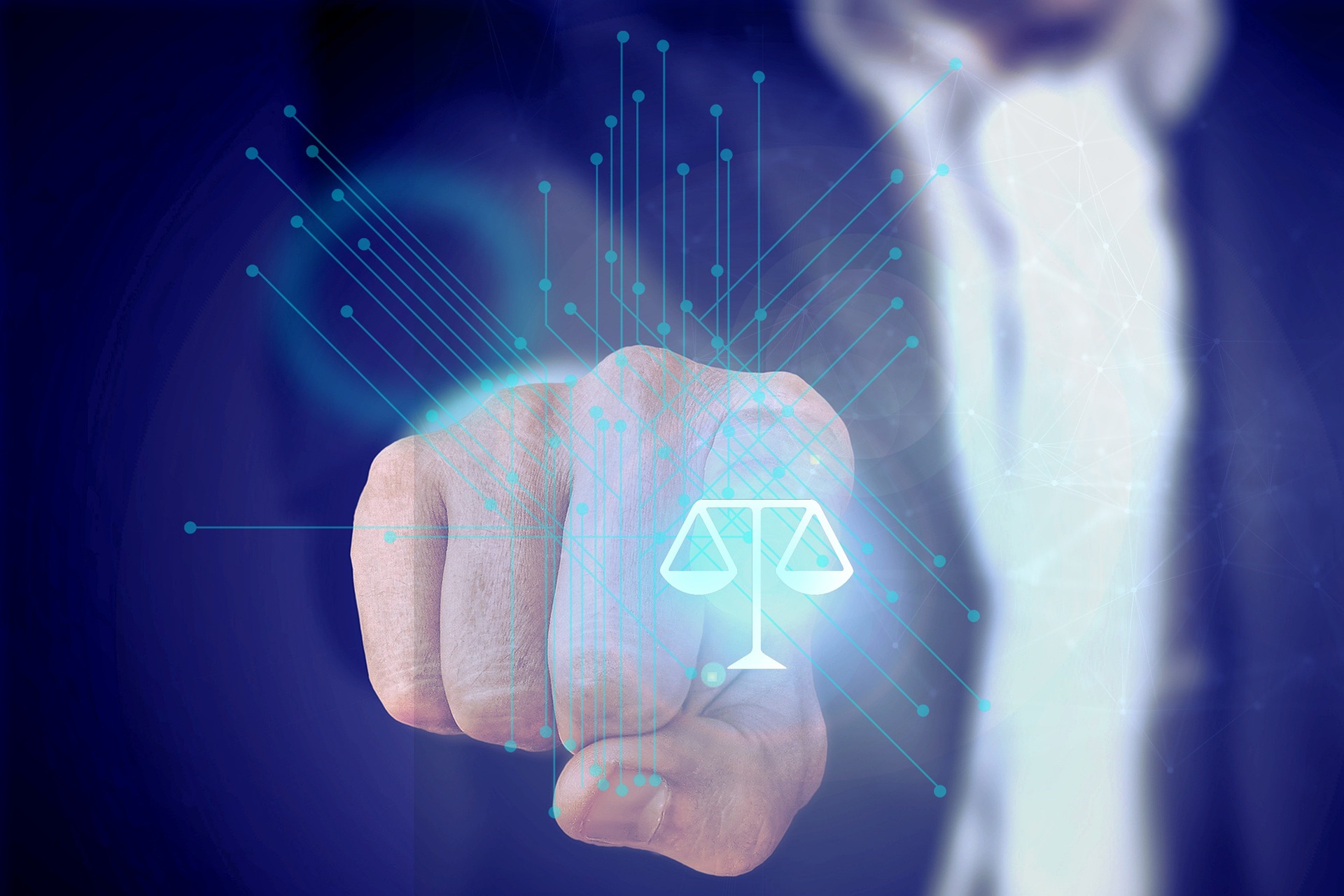Title: The Legal Labyrinth of Digital Asset Inheritance
In an era where our lives are increasingly intertwined with the digital realm, a new legal frontier has emerged: the inheritance of digital assets. This complex issue challenges traditional estate laws and raises questions about ownership, privacy, and the very nature of property in the digital age.

Historical Context and Legal Evolution
Traditionally, estate laws have focused on tangible assets and financial accounts. The advent of the internet and digital technologies has created a new category of property that doesn’t fit neatly into existing legal frameworks. Early cases of digital inheritance often resulted in families being denied access to deceased loved ones’ online accounts, highlighting the need for legal clarity.
Current Legislative Landscape
In response to these challenges, many jurisdictions have begun to enact laws specifically addressing digital asset inheritance. The Revised Uniform Fiduciary Access to Digital Assets Act (RUFADAA), adopted by many U.S. states, provides a framework for fiduciaries to manage digital property. However, implementation and interpretation of these laws vary widely, creating a patchwork of regulations across different regions.
Cryptocurrency: A Unique Challenge
The rise of cryptocurrencies has added another layer of complexity to digital asset inheritance. The decentralized nature of blockchain technology, coupled with the anonymity of crypto wallets, presents unique challenges for estate planning. Legal experts are grappling with questions of how to transfer crypto assets, verify ownership, and handle tax implications in inheritance scenarios.
Privacy Concerns vs. Inheritance Rights
One of the most contentious issues in digital asset inheritance is the tension between privacy rights and the rights of heirs. Many online services prioritize user privacy, even after death, making it difficult for families to access accounts of deceased loved ones. This has led to legal battles and calls for clearer regulations balancing privacy concerns with inheritance rights.
The Role of Tech Companies
As custodians of vast amounts of digital content, tech companies play a crucial role in shaping the landscape of digital inheritance. Some platforms have introduced legacy contact features or memorial account options, but policies vary widely. The legal community is increasingly calling for standardized approaches and cooperation from tech giants to facilitate smoother digital asset transfers.
International Implications
The global nature of the internet adds another dimension to digital inheritance laws. Assets may be stored on servers in different countries, subject to varying legal jurisdictions. This raises questions about which laws apply and how to resolve conflicts between different legal systems, particularly in cross-border inheritance cases.
Estate Planning in the Digital Age
As the legal landscape evolves, estate planning professionals are adapting their practices to include digital assets. This involves not only identifying and valuing digital property but also developing strategies for secure transfer and access. Digital asset inventories and password vaults are becoming common components of comprehensive estate plans.
Future Legal Horizons
The rapid pace of technological advancement suggests that the legal challenges surrounding digital asset inheritance will continue to evolve. Emerging technologies like artificial intelligence and virtual reality may create new forms of digital property, further complicating inheritance laws. Legal experts anticipate ongoing legislative efforts to keep pace with these developments and provide clarity for digital estate planning.
Conclusion
The inheritance of digital assets represents a fascinating intersection of law, technology, and societal values. As our digital footprints grow, so too does the importance of addressing these assets in our legal frameworks. The coming years will likely see continued legal innovation and debate as we navigate this new frontier of inheritance law in the digital age.





